Caring for peonies in the fall and preparing for winter
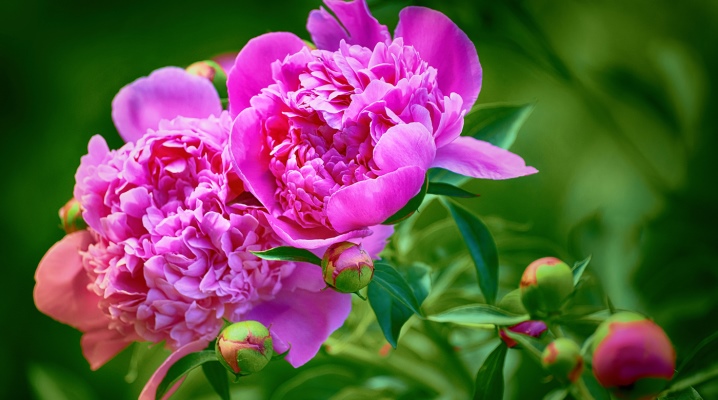
Peony is a delicate perennial flowering plant. Dense lush buds with a short cut stem look very original in wedding bouquets, are a great addition to any photo session, and create a unique aroma at home. Peonies bloom quite early, and begins in late spring. This plant is unpretentious in care, it grows quickly and luxuriantly, in the spring and summer it is enough for weeding and watering as a care, but in the fall it is necessary to pay a little more attention to the peony: to do pruning, feeding and preparing the root system for winter.
How and what to feed?
You can fertilize peonies only in the third year after planting, until this moment they do not need feeding and may die. Top dressing allows the roots of the plant to prepare during the winter for the growth of new and strong spring shoots.
It is necessary to fertilize a month before the first frost (in central Russia it is about mid-September), and after pruning. Wood ash and bone meal are used to nourish the root system and lush flowering. And you can also buy special fertilizers from the store, specifically for wintering peonies. Purchased specialized fertilizers must be used strictly according to the instructions on the package.
Try to sprinkle the fertilizer around the bush - about 5 cm from the roots of the plant, so as not to damage the new buds.
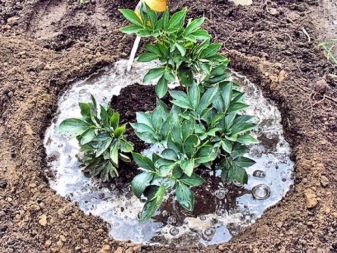
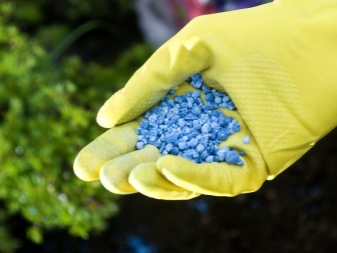
Fertilizers are dry and liquid.
- Liquid is used if the earth is dry and cracked. For one bush, you need to take 1 liter of water and 1 tablet of potassium and phosphorus, stir thoroughly and pour around the bush, you do not need to pour on the roots themselves. If the plant is not yet three years old, use 2 liters of water.
- In normal or moist soil, it is useful to feed peonies with granular phosphorus (20 grams) and potassium (15 grams). Mix the granules and scatter evenly around the bush, and then gently, without applying force, loosen the soil around.
Fertilization is necessary to reanimate the plant after flowering. Additional nutrition helps to recruit healthy and strong buds by spring, and bloom in lush, bright flowers in summer.
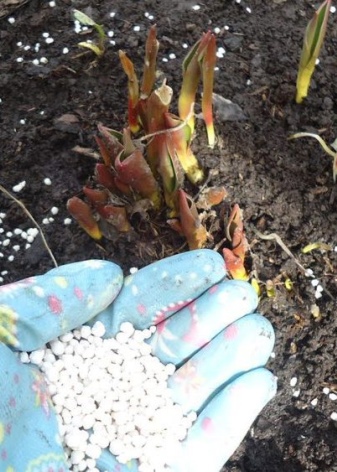
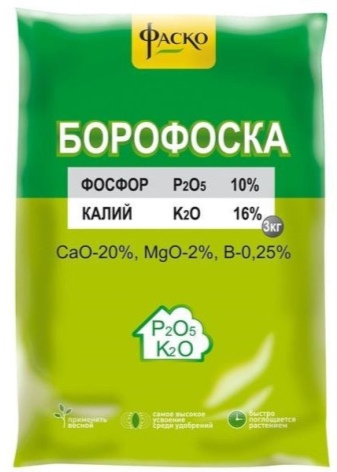
Treatment against diseases and pests
Weakened plants are susceptible to attacks by viruses and fungi. The weakest are terry peonies (American selection), and newly transplanted bushes that have not yet strengthened their immunity in a new place are at risk. When transplanting, the roots of peonies are recommended to be treated with fungicides or a weak solution of potassium permanganate.
Prevention should be carried out immediately before planting the bushes. In order to protect plants from pathogens, they must be planted at a distance of at least 1 meter from each other. Insects do not directly harm the leaves and stems of the peony, but they are carriers of diseases. After pruning, during preparation for the winter, it is recommended to sprinkle the roots with wood ash in order to prevent fungus.
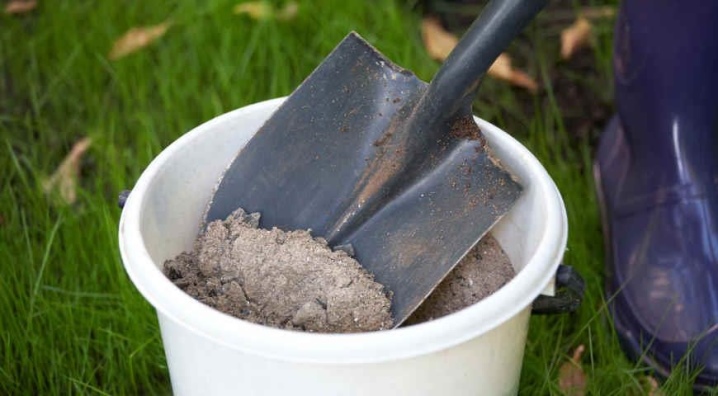
Pruning
Pruning of peonies is necessary, since the stems will begin to wilt and rot towards winter, and will become a favorable breeding ground for pathogens. You need to prune peonies in the Moscow region in October, before the first frost. If the frost comes early, the plants should be cut off immediately.Rinse sharp scissors or pruning shears and treat with alcohol. It is necessary to process the tools before pruning each bush, otherwise you can spread diseases from one bush to all the others.
The first pruning is recommended to be done immediately after flowering, while removing the bud and 20-30 cm of the stem. For the winter, pruning 5 cm from the ground is recommended so as not to damage new buds. The soil cannot be loosened. If the cut leaves are free from damage and plaque, then they can be composted or used as fertilizer for berry bushes of raspberries, currants. The second pruning is done after the first frost, when the leaves turn brown or fall on the ground.
After pruning, you need to carefully remove the weeds with your hands and remove the fallen leaves. It is not required to sprinkle or cover peony stumps in the middle lane, peonies winter well and without unnecessary hassle.
You can sprinkle the roots of peonies with mowed grass or half a bucket of earth per 1 bush, if a very cold winter is expected.
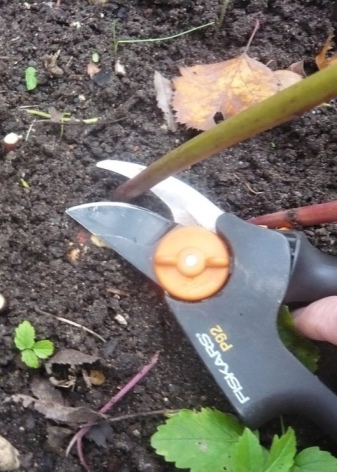
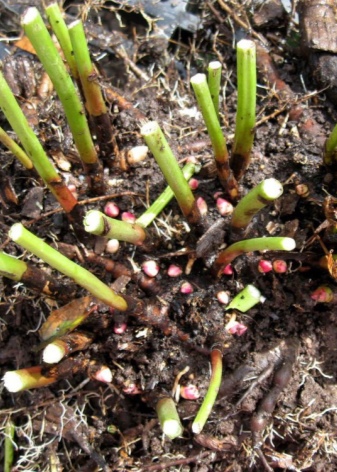
How to properly cover?
It is necessary to shelter peonies for the winter in those regions where winters have little snow, windy and cold:
- in the Urals, the preparation of peonies for winter must be completed by mid-October;
- in Siberia - until early October;
- in St. Petersburg - at the end of October.
It is necessary to cover peonies only in dry weather.
The optimum shelter height is 20 cm from ground level. It is allowed to additionally cover with snow in winter, but the snow should be light, not wet. If peonies are planted near a fence, some kind of building or under a tree, they do not need additional sprinkling with snow.
You can cover it with peat, sawdust, as well as special covering materials of high density and spruce branches (in very cold regions).
When the first buds appear in winter, the shelter must be changed to a new one in order to protect the land around the peony from weed seeds.
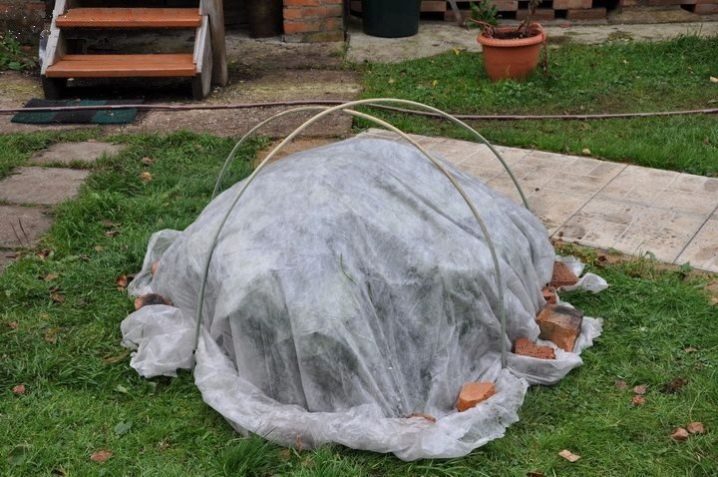
Do you need to dig up the roots and how to do it?
It is necessary to dig up peonies with the root to rejuvenate the bushes by separating them. It is recommended to transplant this plant in August or early September.
It is advisable to transplant peonies on a dry cloudy or cloudy day:
- cut the stems at a height of 25 cm from the soil level;
- carefully dig out the bush with a pitchfork, while stepping back from the trunk so as not to damage the root system;
- remove large clods of earth from the roots with your hands and carefully examine for rotten or damaged roots, if any, cut them off with a disinfected pruner or scissors;
- treat the roots with potassium permanganate;
- leave the treated bush in the shade for 2 hours;
- prepare a new hole;
- straighten the roots, place in the hole, cover with soil.
Lush flowering after transplantation is guaranteed as early as next year, subject to moderate watering. Experienced gardeners recommend cutting off the blossoming buds for a bouquet so that the transplanted plant does not waste energy on flowering. After such a procedure, peonies will bloom magnificently with bright flowers for many years.
In the case of a disease of peonies, the bush must be dug up along with the roots and burned outside the summer cottage (or in a barrel), and the resulting ash must be disposed of with solid household waste.
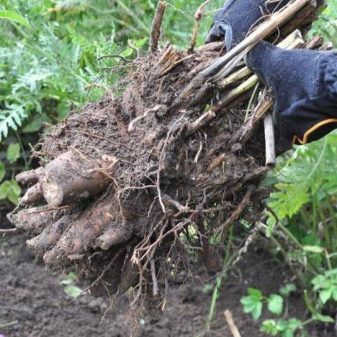
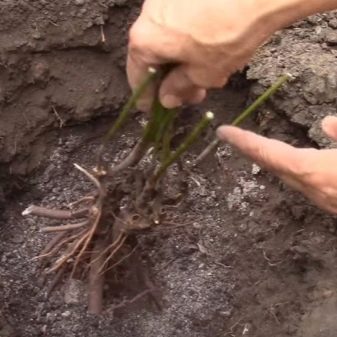
How to keep flowers before planting in spring?
In February, the dormant period for peonies comes to an end, the roots begin to wake up and are able to germinate at a temperature of only plus 5 degrees. This activity of the peony tuber roots lasts until the end of flowering and is called the spring growth stage, during which the plant gains strength for flowering and forms buds the next year. Peony tubers purchased in February must be stored at home.
When buying, carefully inspect each peony, try not to buy rotten bulbs, and if you cannot find clean tubers, cut off areas with rot to healthy tissue.
When storing bulbs, certain requirements must be observed.
- If the roots and kidneys are asleep, punch holes in the plastic bag and put the tubers there, then store them in the refrigerator door or vegetable drawer. The required storage temperature is from 0 to +3 degrees. Check once a week to see if the plant is awake.
- If the roots are already awake, plant the plant in a flower pot, after laying one layer of gauze, then add earth and feed with a solution to form roots. It is best to store the pot in a dark, cool basement.
- If the kidneys are swollen, the pot with the planted plant (use cheesecloth before adding soil) should be stored in a cool window, after closing the battery and blocking the pot from the sun.
It is necessary to transplant the plant into open ground after all frosts: carefully remove the earthen lump, the gauze layer will help to maintain the integrity of which, then place it in a previously prepared hole along with gauze.
It should be noted that tree peonies are earlier than other species and wake up in January.
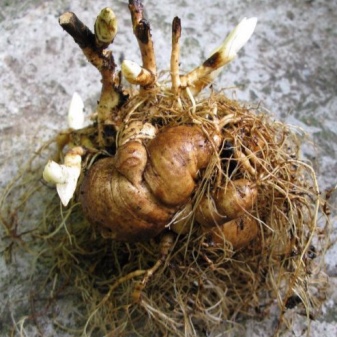
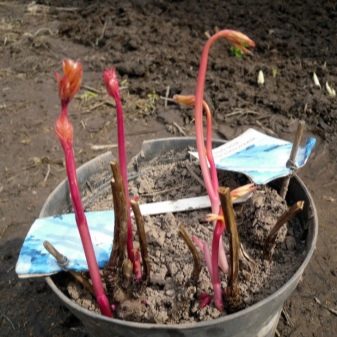
Frequent mistakes
There are several mistakes when transplanting and pruning peonies, after which the plant stops blooming, but this can be easily avoided.
The most common mistakes when replanting lie in choosing a location for a new hole:
- lack of sun in the selected area;
- wet soil (watery soil);
- landing without the use of drainage;
- dividing the original bush into too small parts;
- transplant without subsequent feeding;
- transplant more than once every 6 years.
Errors when preparing peonies for winter:
- you can not cover cut peonies with the same stems and leaves in order to avoid infection of the roots, otherwise they will be greatly weakened by spring;
- refusal to disinfect pruners or scissors after pruning each bush can lead to the spread of the disease from one plant to all others;
- to cover cut bushes in warm and temperate climates is destructive - the roots will become weak and soft, the peony will stop blooming;
- it is impossible to cut the stems at the root immediately after flowering, it is necessary to prune in two stages, with an interval of at least three months.
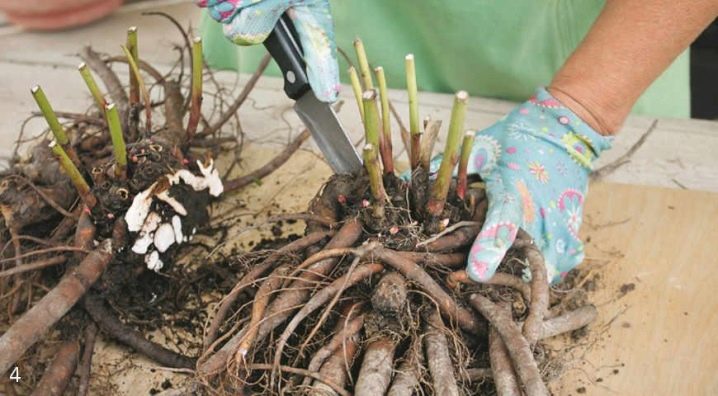
You can also consider some of the tips suggested by the experts.
- Refusal to prune in the fall can provoke a fungal infection, and the plant will die by next spring.
- For a lush flowering of peonies, they must be planted (preferably in August).
- To prolong the beauty of a freshly cut bouquet of peonies, you need to choose unblown buds that will quickly open in a vase of water. It should be noted that the most fragrant buds are pink.
Peonies are very beautiful plants with amazing colors, and with proper care they will bloom luxuriantly for many years. Each bush can produce up to 100 buds up to 20 cm in diameter in one flowering season.
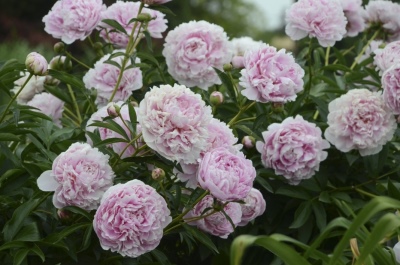
For information on how to care for peonies in the fall, see the next video.







































































































The comment was sent successfully.